Political Law at Laos
Political law in Laos is rooted in the structure of its political system, which is a one-party communist state. The legal framework of Laos is guided by the Constitution of the Lao People's Democratic Republic, enacted in 1991 and amended in 2003, along with other national laws that support the functioning of its political system and governance. Here’s an overview of key aspects of political law in Laos:
1. Constitution of Laos
The Constitution of Laos is the fundamental law of the country, which defines the structure of the government, the rights of citizens, and the guiding principles of the state. The most recent amendment to the Constitution was made in 2003, and it solidifies the one-party system led by the Lao People’s Revolutionary Party (LPRP).
Key principles of the Constitution:
Sovereignty and Independence: Laos is an independent socialist republic, and the state is responsible for maintaining national sovereignty and territorial integrity.
Socialist Rule of Law: The Constitution establishes the country as a socialist state governed by law, which includes ensuring the rights of citizens while maintaining the leading role of the LPRP.
Centralized Government: The political system is based on a unitary system, where power is concentrated at the central level, with significant control exerted by the LPRP.
2. Political System
Laos is a one-party state, with the Lao People’s Revolutionary Party (LPRP) being the only legal political party. This makes the political system unique compared to multi-party democracies, as all significant political decisions are made by the party and its leadership.
Role of the LPRP: The LPRP is the central institution of governance and is seen as the highest authority. All governmental functions, including legislative, executive, and judicial branches, are controlled or heavily influenced by the Party.
Centralized Power: The Party’s Central Committee is the key decision-making body, and it appoints leaders to key state positions, including the President and Prime Minister.
3. Key Political Institutions
Laos has three primary branches of government: the executive, legislative, and judiciary, all of which are strongly influenced or controlled by the LPRP.
Executive: The President of Laos is the head of state, and the Prime Minister is the head of government. Both are selected by the National Assembly, with candidates proposed by the LPRP. The President is the highest official in the state, while the Prime Minister oversees the day-to-day functions of the government.
Legislative: The National Assembly is the legislative body, consisting of one chamber with 149 members, all elected every five years. However, the candidates are generally pre-selected by the LPRP, and the Assembly has limited independence from the party.
Judiciary: The judiciary is officially independent, but in practice, it is subject to the influence of the LPRP. The Supreme People’s Court is the highest judicial authority, but its independence is often questioned due to political control.
4. Elections and Political Participation
Elections in Laos are held for the National Assembly and local positions. However, as Laos is a one-party state, the elections have limited competition.
National Assembly Elections: Every five years, members of the National Assembly are elected, but all candidates are selected by the LPRP. This means that while elections are held, there is no political competition or viable opposition.
Lack of Political Pluralism: Since only the LPRP is allowed to function as a political party, there is no space for opposition parties or independent candidates. Political dissent is discouraged, and opposition movements face significant restrictions.
5. Role of the Communist Party
The LPRP plays a central role in all aspects of political and social life in Laos. The party's Central Committee and the Politburo (the highest decision-making body) dictate national policy. The LPRP controls the media, education, and other social institutions, ensuring that the party’s ideological agenda is upheld.
Ideology: The party follows a Marxist-Leninist ideology, promoting socialism with Laotian characteristics.
Control over State Institutions: The LPRP exercises control over government institutions and the economy, ensuring the continuation of the party’s leadership.
6. Human Rights and Political Freedoms
While the Constitution of Laos guarantees various rights to its citizens, including freedom of speech, freedom of assembly, and the right to participate in political processes, these rights are often restricted in practice.
Freedom of Speech and Media: There is very limited freedom of the press and speech in Laos. The government controls most media outlets, and criticism of the government or the LPRP is not tolerated. Journalists and activists who challenge the government face harassment, imprisonment, and other forms of repression.
Political Repression: Political dissent is generally suppressed. Those who oppose the government or express critical views may face surveillance, detention, or imprisonment. Human rights organizations frequently report on the restrictions placed on civil liberties and political freedoms in Laos.
Freedom of Assembly: Public protests or gatherings, particularly those that criticize the government, are not permitted. The government tightly controls public demonstrations.
7. Legal Framework for Governance
Law and the Party: While Laos is a socialist republic with a legal system, the implementation of laws is heavily influenced by the LPRP. The state legal apparatus works in concert with the party’s interests, and judicial independence is minimal.
State Security Laws: There are laws that give the government broad powers to restrict political activities deemed to be a threat to national security, including surveillance and detention of activists or political dissidents.
8. International Relations
Laos maintains close political and economic ties with other communist states, especially its neighbor, Vietnam, and other countries in the Association of Southeast Asian Nations (ASEAN). The government is also involved in several regional initiatives and maintains a policy of neutrality in international affairs.
Human Rights Concerns: Laos faces significant criticism from international human rights organizations for its lack of political freedom, its treatment of dissidents, and its restrictions on civil liberties.
Foreign Relations: While Laos maintains relations with many countries, its close ties with communist states often shape its political and economic policies.
9. Challenges and Criticism
Authoritarianism: Laos is considered an authoritarian state, and the government exercises tight control over political, social, and economic life. There is little room for political opposition or dissent.
Human Rights: The government’s treatment of political dissidents, human rights activists, and ethnic minorities has drawn consistent criticism from international organizations.
Economic Development and Governance: While Laos has made progress in economic development, issues related to corruption, governance, and transparency remain significant challenges.
Conclusion
Political law in Laos is characterized by the central role of the Lao People's Revolutionary Party in all aspects of governance. As a one-party socialist republic, Laos lacks political pluralism, and citizens have limited opportunities for political participation or dissent. While there are legal guarantees of rights and freedoms, these are often overshadowed by political repression and strict control over the media and public life. The country’s legal system is aligned with the goals of the ruling party, and there is minimal independence in the judiciary or legislative bodies.


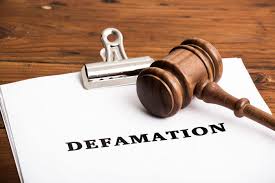



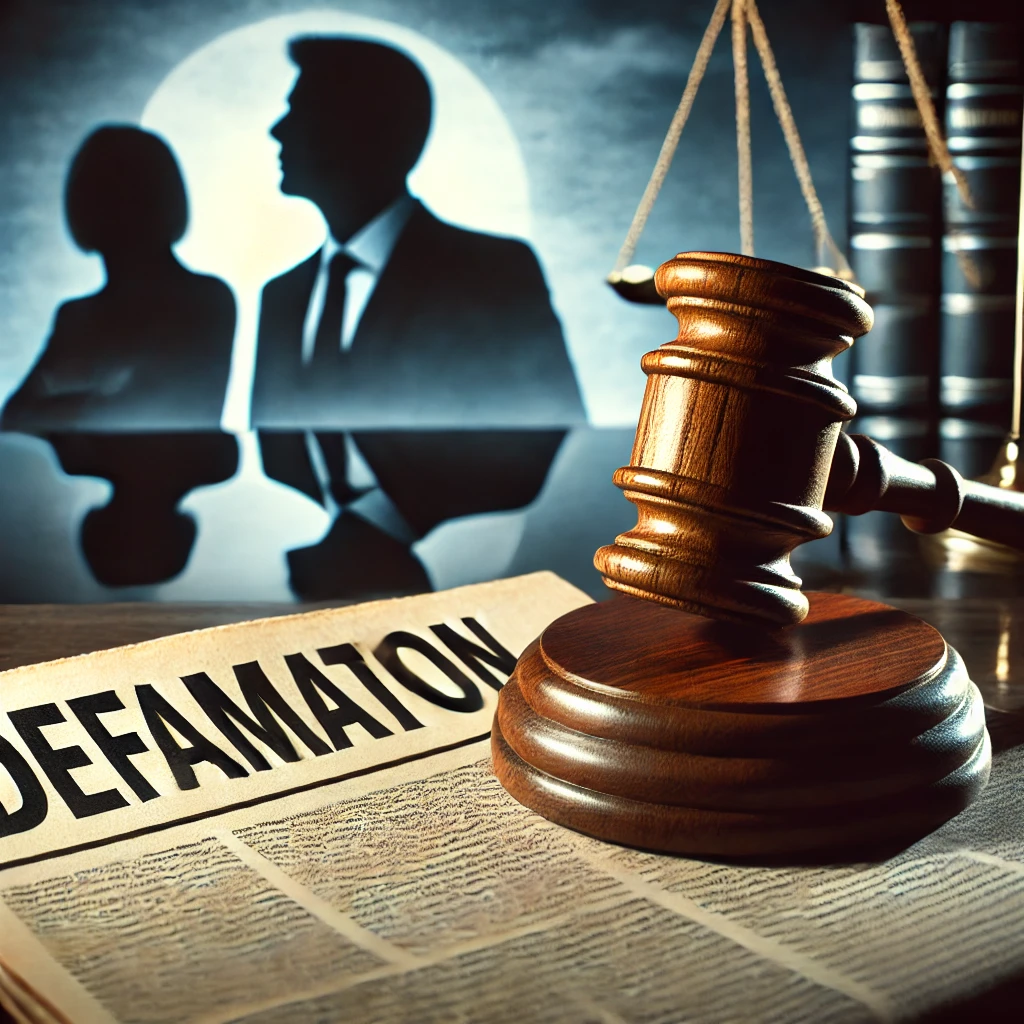
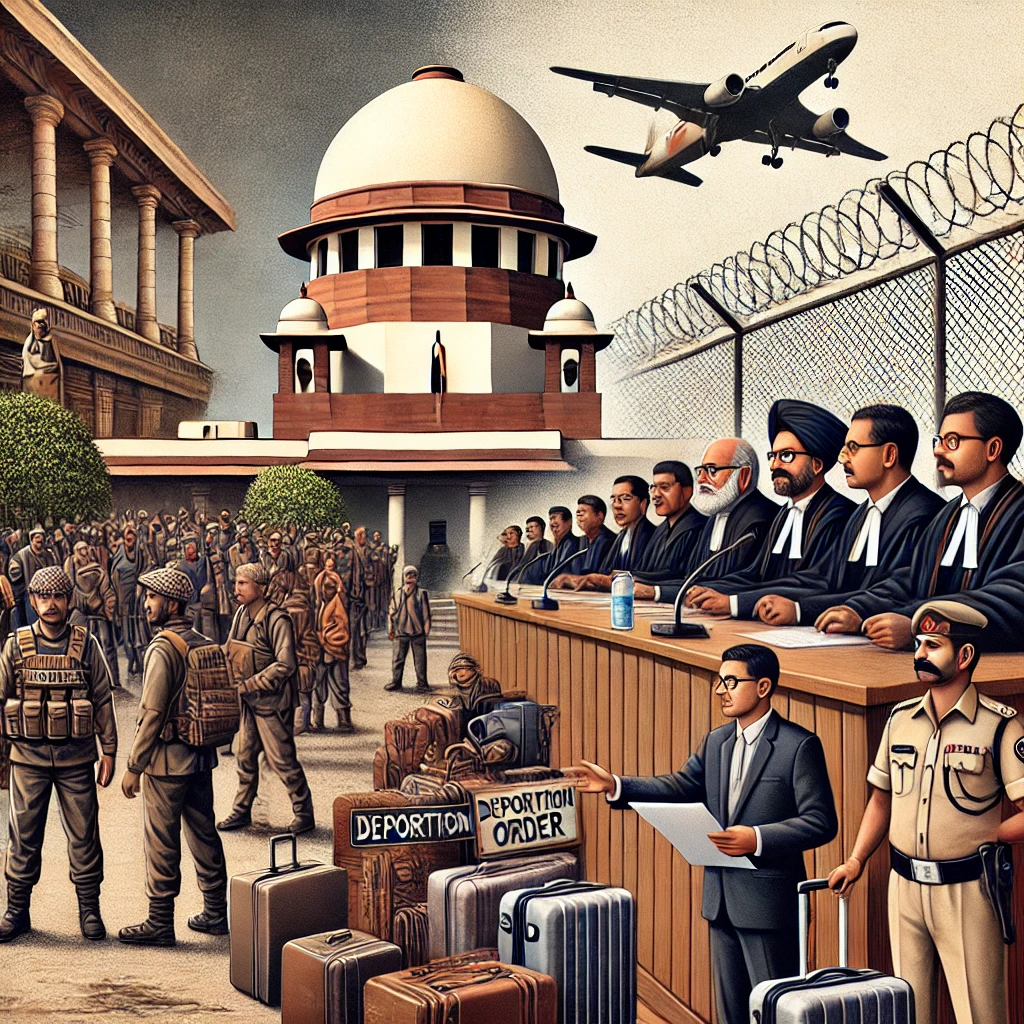









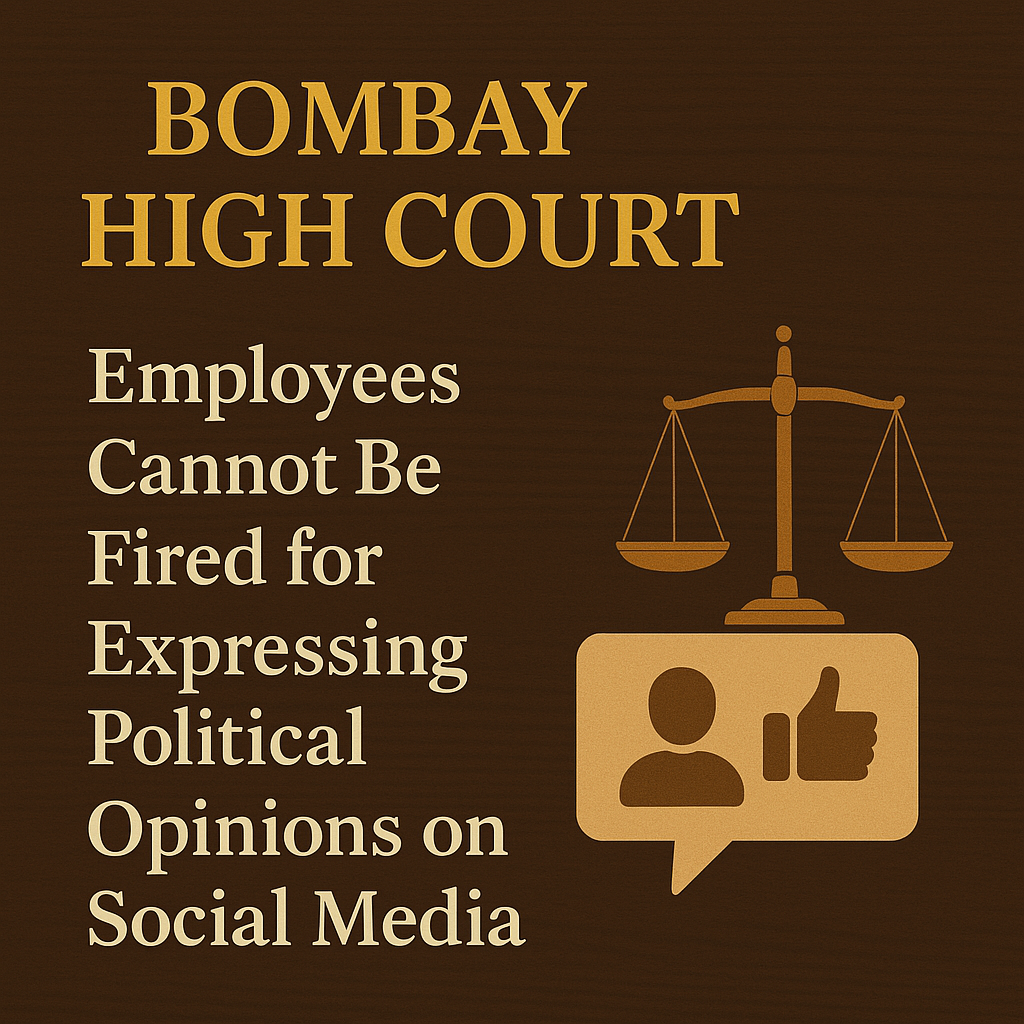



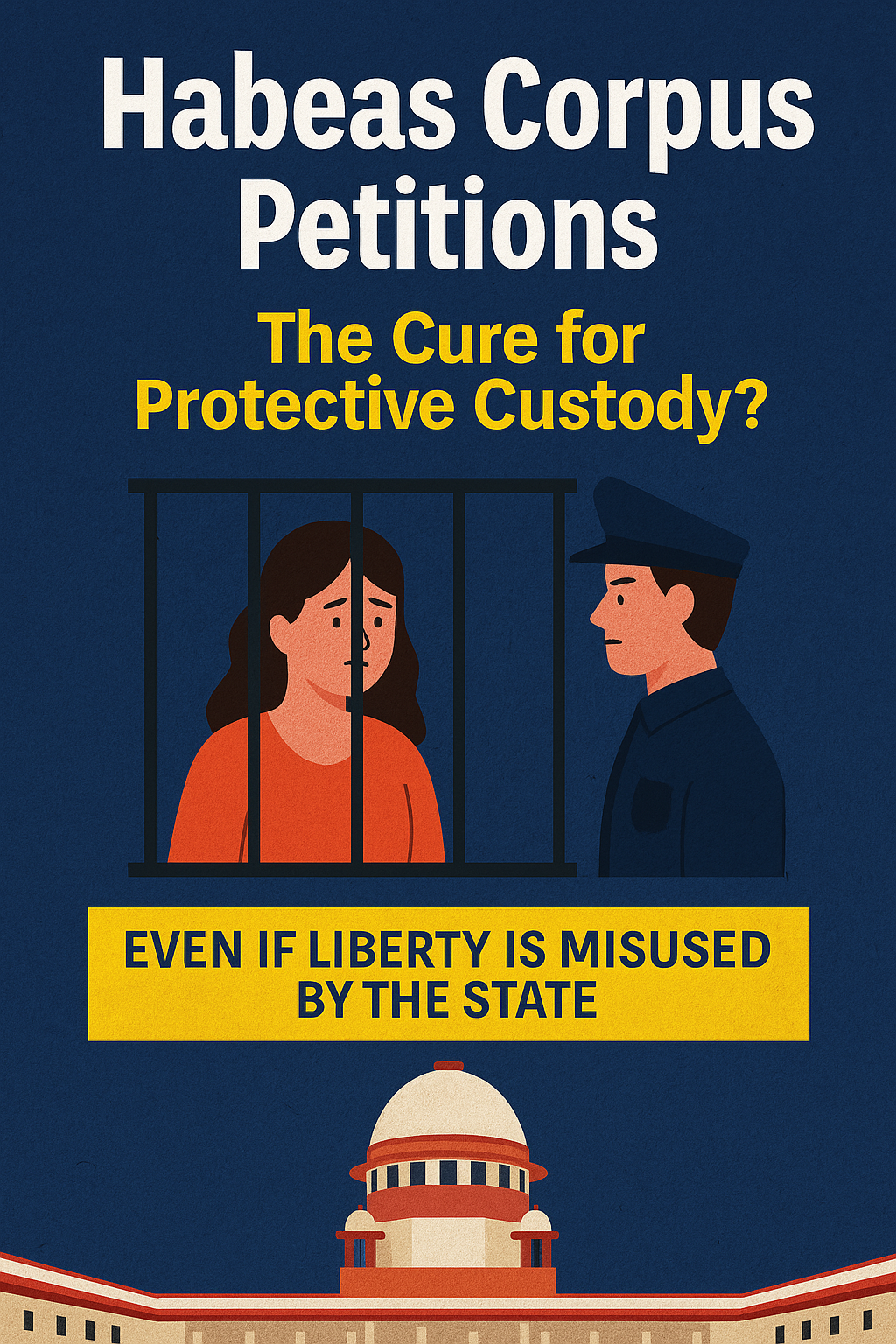
0 comments